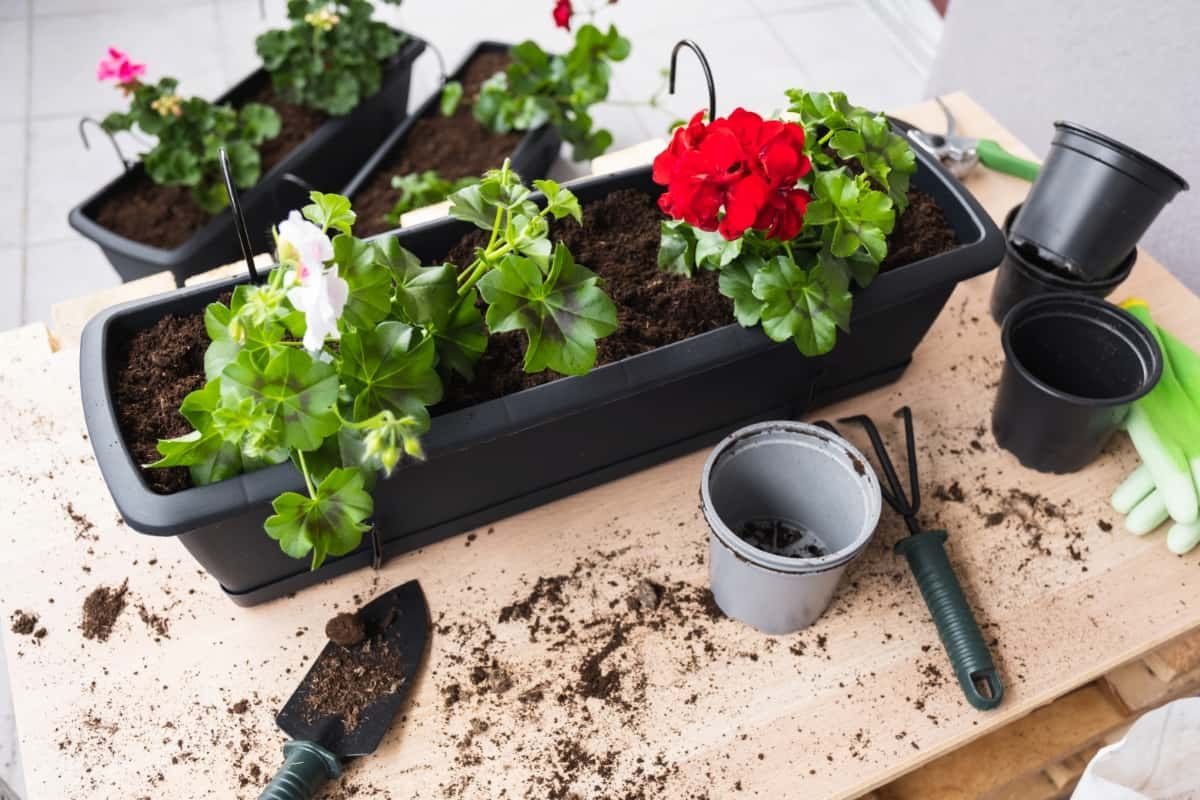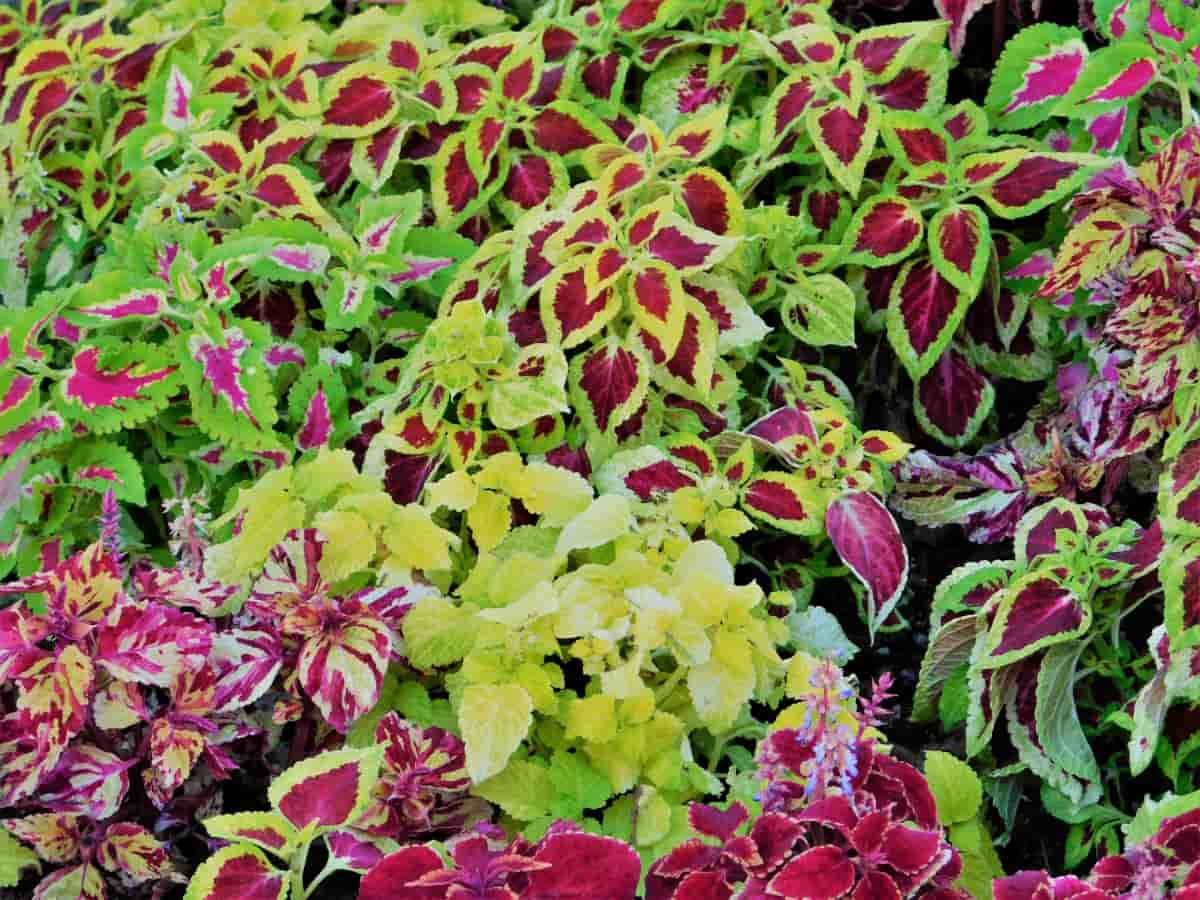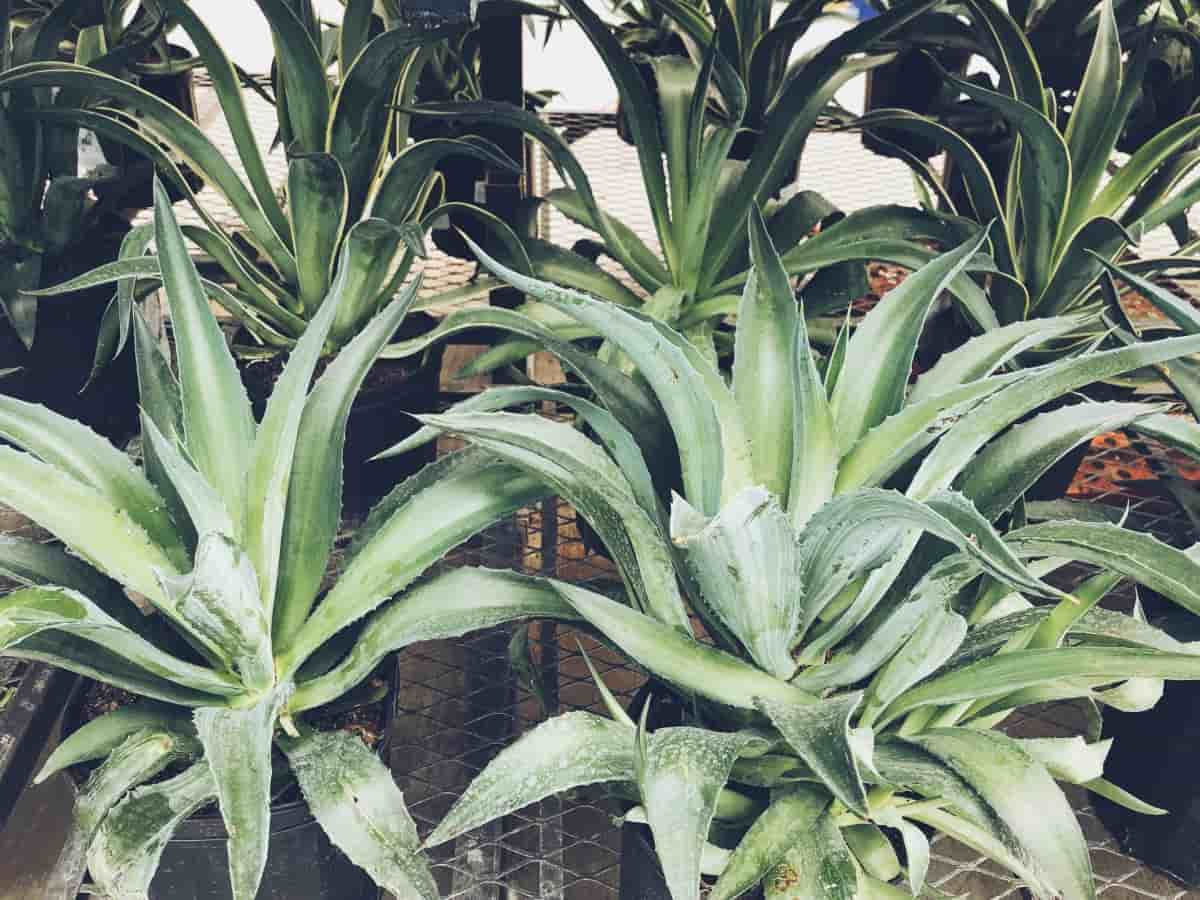New York’s diverse climate, ranging from the chilling winds of the Adirondacks to the warmer breezes of Long Island, presents a myriad of opportunities for gardening enthusiasts. Container gardening, in particular, has become popular in this bustling state as residents from Manhattan apartments to spacious homes in Westchester look for ways to beautify their spaces.
New York winter hardy container plants, evergreen potted plants for New York, and perennial potted plants for New York are only a few options that gardeners can explore. If your porch is shaded or you’re looking for low-maintenance outdoor potted plants for New York, container gardening offers endless possibilities.
Easy and Best Container Plants for New York in Winter
When the cold New York winters roll in, many residents look for plants that can endure the chilly temperatures. Perennial container plants for full sun in New York, such as heuchera and sedum, are attractive and resilient. Additionally, some evergreen potted plants for New York, like boxwoods or holly, can survive the winter, providing a green oasis amidst the snowy backdrop.

Easy Container Plants for Shade in New York
For those living in the shadowy canyons of New York City or with homes in areas like the Catskills, where dense trees provide ample shade, finding the best-potted plants for a shaded porch in New York is crucial. Ferns, hostas, and impatiens are all wonderful options that thrive in lesser light, bringing vibrancy to dimmer locations.
Top Container Plants for Full Sun in New York During Summer
Summer in regions like Long Island and the Hudson Valley can bring intense sunlight, necessitating drought-tolerant container plants for full sun in New York. Choices such as lavender, rosemary, and geraniums stand up to the sun’s intensity and provide lovely scents and colors. For those wanting fruits, some of the best container fruits for New York include strawberries and dwarf varieties of tomatoes.
In case you missed it: Best Container Plants for New Jersey (NJ): For Winter, Shade, and Full Sun

Factors to Consider when Choosing Container Plants for New York
Different regions in New York present varied challenges. With its moist climate, the Finger Lakes region might require different plant choices than the drier Staten Island. Besides regional climate, considering the plant’s water needs, soil preferences, and growth patterns is vital. Not to forget, perennial container plants for New York can be a delightful addition for those not wanting to replant each year.
Native and Adapted Container Plants for New York
New York native container plants are consistently a favorable selection due to their natural adaptation to the local climate and conditions. Plants like the woodland sunflower or the New York aster are beautiful and contribute to local biodiversity. Moreover, they often require less maintenance, aligning well with those looking for low-maintenance outdoor potted plants in New York.
Colorful Foliage Container Plants for New York
Choosing plants with colorful foliage can be a game-changer for those wanting to add a splash of color to their spaces. With its vibrant leaves in shades of red, purple, and green, Coleus is a top choice for containers. Similarly, ornamental peppers, with bright fruits, bring red and orange to any container garden.
In case you missed it: Embracing Sustainable Growth: No-till Container Gardening

Low-Maintenance Container Plants for Winter in New York
Amid New York’s bustling life, many gardeners seek options that don’t require daily care. Succulents, cacti, and certain perennial potted plants for New York, like the coneflower, are ideal for those who can’t always tend to their plants daily. These plants are resilient and bring a unique aesthetic to any space.
Best Practices for Overwintering Container Plants in New York
Ensuring that your plants survive the harsh New York winter is paramount. Using mulch, moving containers to sheltered spots, and occasionally watering, even in colder months, can help. Remember, New York winter hardy container plants might still need protection against extreme cold, so always watch the forecast.
Drought-Tolerant Container Plants for Full Sun in New York
Having drought-tolerant plants is essential for sun-drenched spots in areas like the Hamptons or Upstate New York. Consider including yucca, agave, or the classic sun-loving zinnias in your container gardens. These plants can withstand prolonged periods without water, making them perfect for sunnier locations.
In case you missed it: How to Grow Woody Plants in Containers: A Step-By-Step Guide

Best Container plants for Vegetables, Flowers, Herbs, and Fruits in New York
| Category | Plants |
| Vegetables | Tomatoes, Bell Peppers, Carrots, Radishes, Lettuce, Spinach, Eggplants, Cucumbers, Beans, Peas |
| Flowers | Petunias, Marigolds, Pansies, Begonias, Geraniums, Impatiens, Snapdragons, Fuchsias, Lavender, Zinnias |
| Herbs | Basil, Mint, Rosemary, Parsley, Chives, Thyme, Oregano, Cilantro, Dill, Sage |
| Fruits | Strawberries, Blueberries, Raspberries, Dwarf Apple Trees, Dwarf Cherry Trees, Gooseberries, Currants, Dwarf Fig Trees, Grapes, Kiwi |
Exploring Container Sizes and Materials in New York
Container gardening in New York isn’t just about choosing the right plants; it’s also about picking the right containers. Utilizing vertical planters or hanging containers can be a wise choice in areas like Brooklyn or Queens, where space might be at a premium.
When considering the material, remember that while terracotta pots are timeless and breathable, they can be susceptible to frost damage. In contrast, plastic containers, though less permeable, might fare better in colder temperatures. Furthermore, ensure that whatever container you choose has proper drainage to prevent root rot and over-watering issues.
Incorporating Design Principles in Container Arrangements
Creating a harmonious design beyond the individual plants and containers can elevate your garden’s aesthetics. Think of your container garden as a canvas where texture, color, and height play pivotal roles. In areas like the Bronx, with its rich cultural tapestry, you might opt for vibrant color combinations reflecting the borough’s energy.
Using taller plants like grasses or bamboo in the center or back of larger containers, combined with medium-height shrubs and trailing plants spilling over the edges, can create a multi-dimensional visual appeal. Remember, your container garden should resonate with your style while also complementing the architectural and cultural nuances of New York.
Maintaining Soil Health and Nutrition in Containers
It’s easy to underestimate the importance of soil health in container gardening. However, given that pot plants have limited resources, ensuring nutrient-rich soil is imperative. In regions like Albany, where winters can be harsh, prepping your soil for the colder months by adding compost can be beneficial. While over-fertilizing can be detrimental, using slow-release organic fertilizers can provide plants with sustained nutrition. Regularly aerating the soil ensures that roots get ample oxygen, and rotating plants can prevent the depletion of specific nutrients.
Conclusion
Container gardening in New York offers versatility, creativity, and adaptability. Whether you’re nestled in the heart of Manhattan or residing along the picturesque landscapes of the Hudson River, containers can transform your space, allowing nature to thrive in an urban setting.
Each step is a journey toward creating a personal green haven, from selecting the right plants and containers to understanding design aesthetics and soil health. Embracing the unique challenges and rewards that come with it ensures that your container garden is a source of beauty and a testament to the resilience and innovation that New Yorkers are known for.
- Ultimate Guide to Ossabaw Island Hog: Breeding, Raising, Diet, and Care
- Ultimate Guide to Juliana Pig: Raising Facts, Size, Diet, Care, and Lifespan
- Raising Lleyn Sheep: Disadvantages, Price, Uses, Characteristics, and Care
- Ultimate Guide to Meishan Pig: Breed Facts, Breeding, Raising, and Care
- Ultimate Guide to Teacup Pigs: Raising, Diet, Lifespan, Cost, and Care
- Guide to Raising Poll Dorset Sheep: Facts, Profile, Characteristics, Uses, and Care
- Ultimate Guide to Bighorn Sheep: Characteristics, Diet, Lifespan, Breeding, and Lifecycle
- Ultimate Guide to Raising Katahdin Sheep: Farming Facts, Breed Profile, Uses, and Care
- Ultimate Guide to Raising Oreo Cows: Belted Galloways Farming Facts, Profile, Uses, and Care